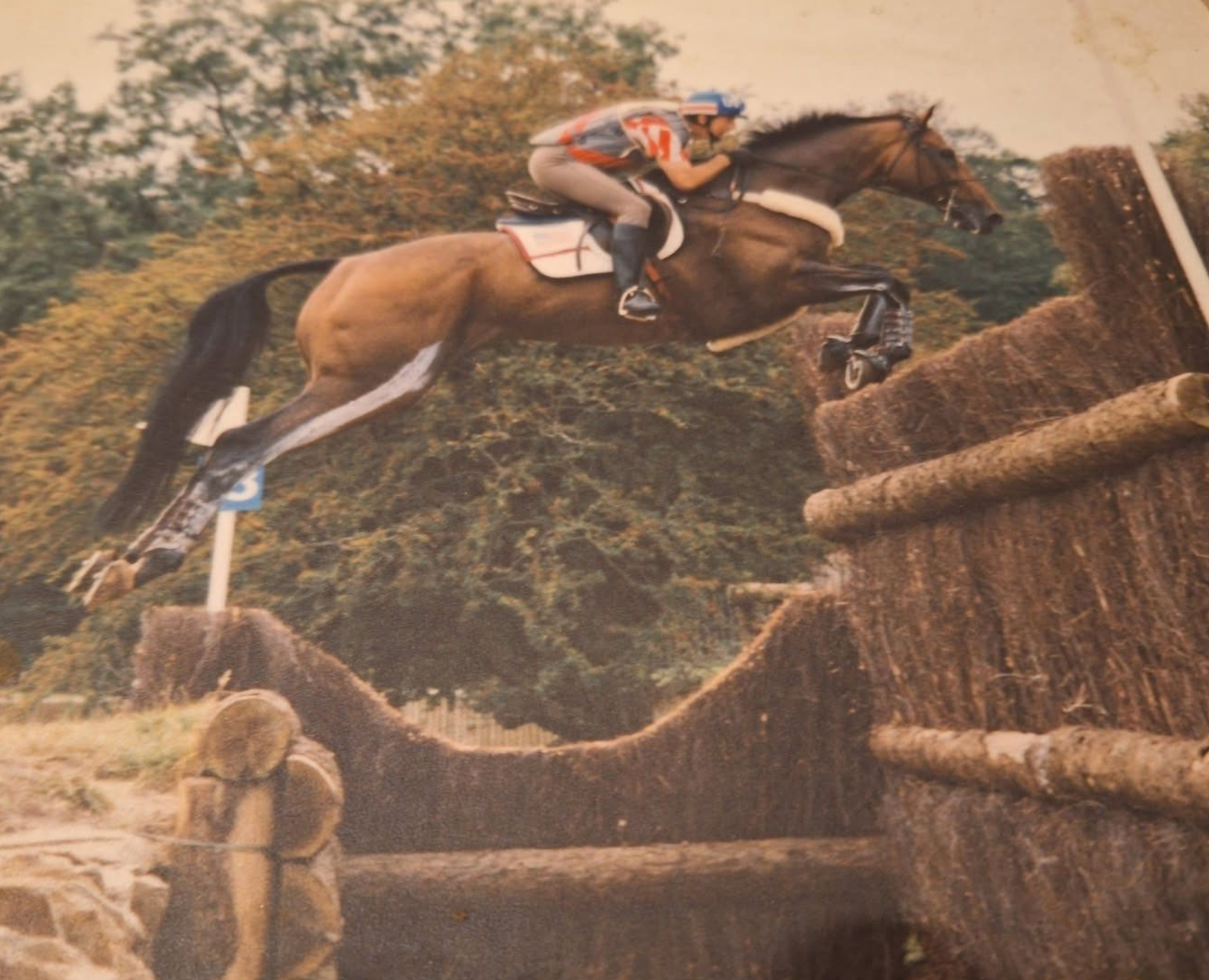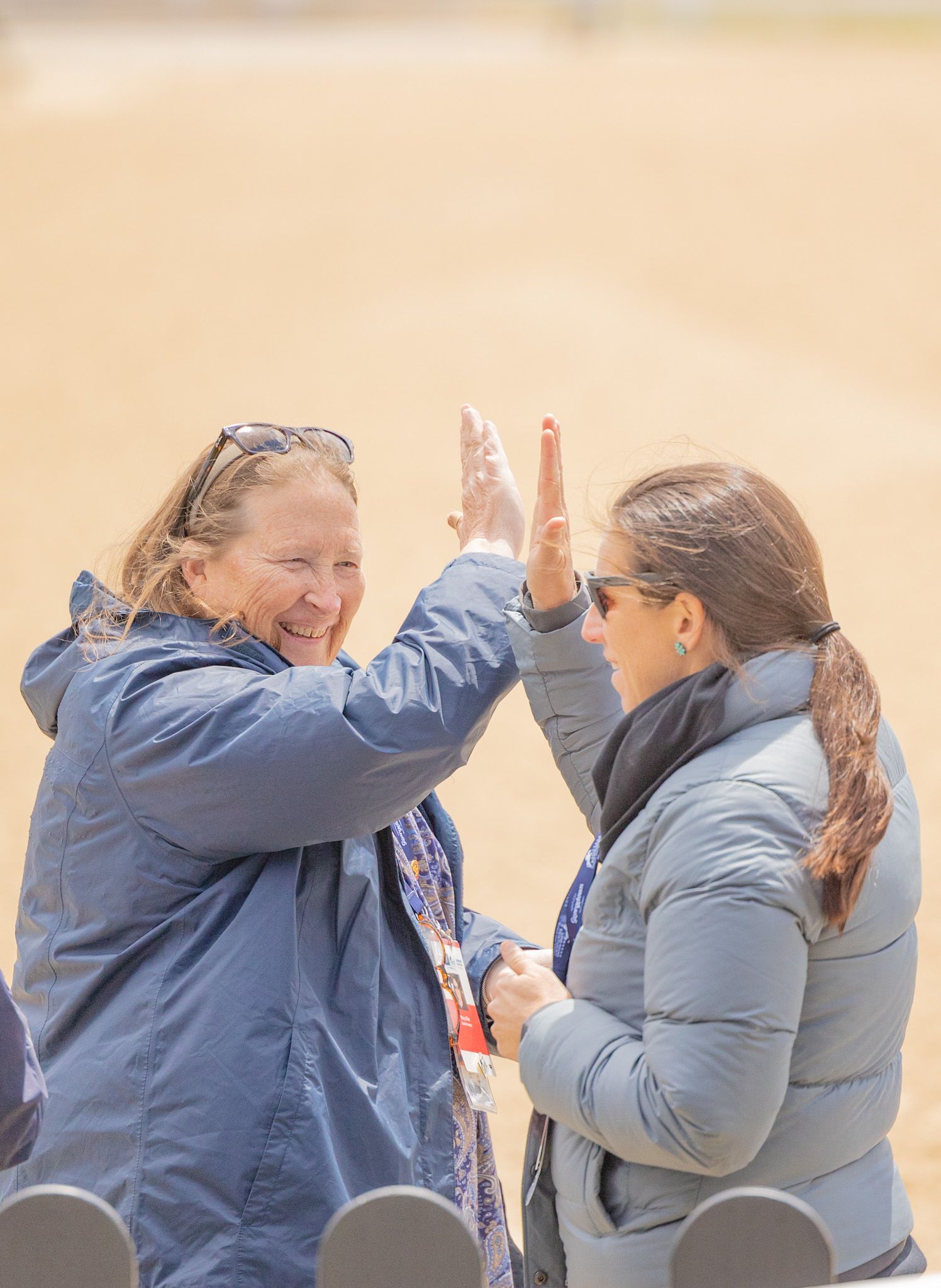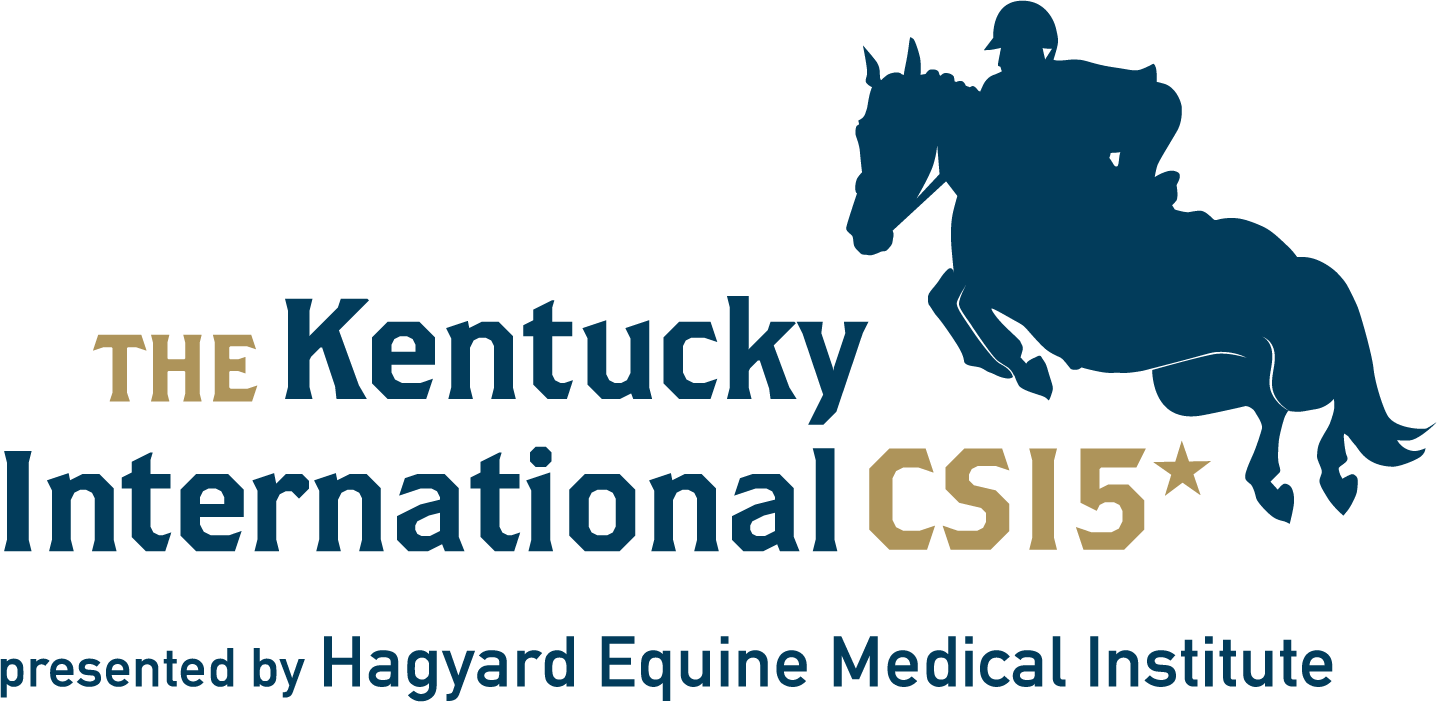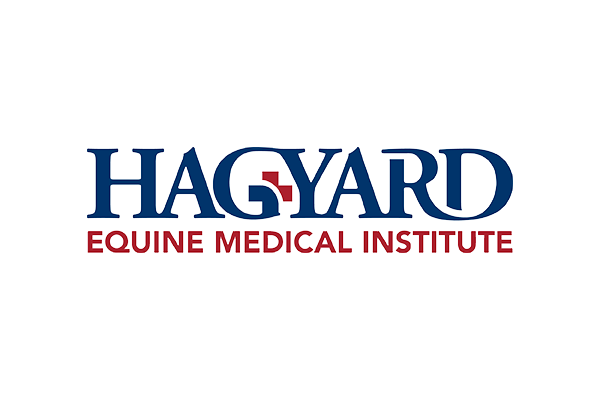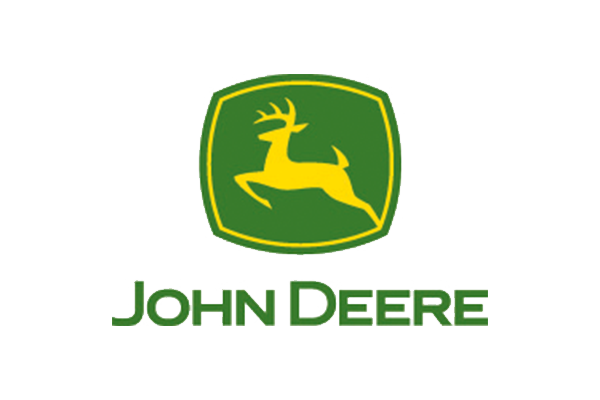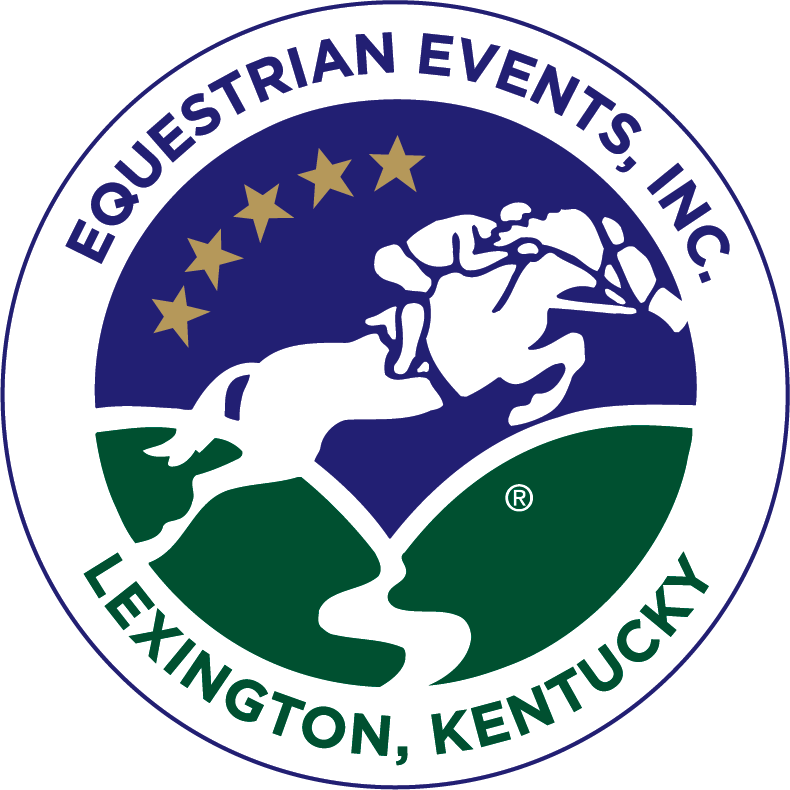For the best views of horses and riders, trot over to the jogs
by Kate S. Spencer, Kentucky Three-Day Event “Super Fan”
When I was still living on the West Coast, the Wednesday of the Kentucky Three-Day Event week was always a travel day for me. A happy accident changed all that when I inadvertently booked my outbound trip on a Tuesday instead of Wednesday. With an entire day to myself before the competition was to begin, I wandered over to the Kentucky Horse Park to observe the last-minute preparations and gravitated toward a small group of people in lawn chairs who seemed to be waiting for something to begin. “We’re waiting for the jogs to start!” was the general reply to my questions, so I sat right down on the grass and fell in love with a whole new part of K3DE.
The “jogs” (officially known as the First Horse Inspection and the Second Horse Inspection) are terrific events and have since become an annual tradition for me. Beginning with the First Horse Inspection on Wednesday, April 24th, at 3 p.m. (on High Hope Inspection Lane), this will be the first time at the event that fans get to see the competitors and their equine partners, and nearly the only time we will see the riders in non-riding attire. The horses will be gleaming and immaculately turned out, and the riders will be dressed in stylish “trot-up outfits” that usually consist of sport coats and ties for men, and suits or dresses and fancy shoes for the ladies. Riders often have their own individual brand of bling (cowboy boots, decorative hats) but it’s important that they do not distract the Inspection Panel from its main focus: the horses.
The event’s Ground Jury and Veterinary Delegate, acting together as an Inspection Panel, conduct the first and second horse inspections. Their job is to evaluate each horse for soundness and fitness before the first phase of the competition begins. Each rider will individually hand-trot his/her horse past the Panel (and silent spectators). If any official sees something in the horse’s stride or movement that they would like to review, the horse will be sent to a hold box for further evaluation. Usually, the horse will return to repeat its trot, after which the Panel will make a final decision about whether the horse is accepted, or not, for the competition ahead.
So far so good, right? Seeing a competitor dressed to impress, stretching their long legs to accommodate their horse’s immense stride IS a beautiful sight to see, and one I can’t watch without some measure of awe. However, there is one factor that makes things just a tiny bit unpredictable: the horses. These horses are absolutely full of themselves, fresh and fit and ready to run and jump ALL the things. While watching the jogs, I always get the impression that most of the horses really do enjoy the spotlight, and they want to make sure you are seeing the most handsome members of these horse-and-rider teams in all their glory. Last year, Oliver Townend’s horse Cooley Master Class and Joe Meyer’s horse Clip Clop threw a few bucks into their trot routine, and James Alliston’s horse Parker habitually runs James into the decorative flowers. My takeaway thought after seeing the jogs is usually something along the lines of “if trotting next to them is this challenging, how does one ride them?”
The Second Horse Inspection will take place Sunday morning (8 a.m. on High Hope Inspection Lane) before the jumping test begins. The Inspection Panel’s job here will be to ensure that each and every equine competitor is fit and sound after having competed in the rigorous cross-country phase the day before, and there can be some very tense moments if the Panel chooses to hold a top competitor for a second look. As with all things at the Land Rover Kentucky Three-Day Event, safety for both riders and horses is the primary concern, and the Panel does not take its duties lightly. Horses that are passed by the Panel go on to jump in the final jumping test that begins in Rolex Stadium at 1 p.m., and though everyone may look a bit tired after two days of competition, the horses are sound and ready to compete.
Both the First and Second Horse Inspections are free (you’ll need a Grounds Admission ticket for Sunday’s) and open to the public. Plan to arrive at least 30 minutes before the start in order to get a good spot. There is a slight hill that is best for lawn chairs, as folks nearer the rail almost always stand. If you have not yet made the jogs a part of your LRK3DE experience, then make 2019 the year you check this out!
